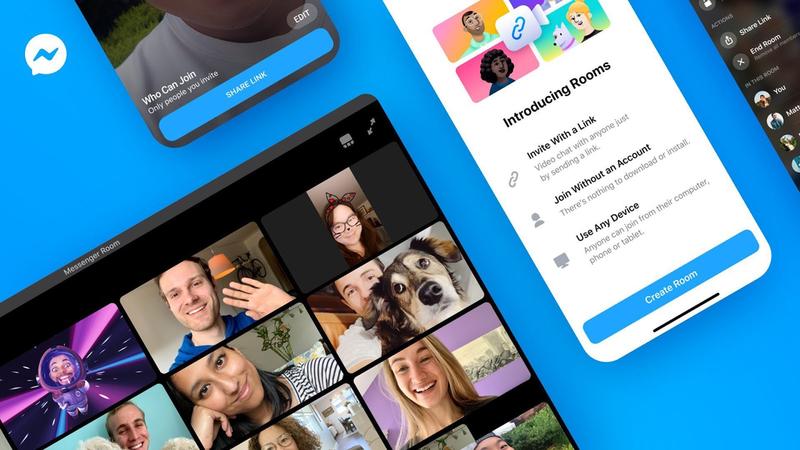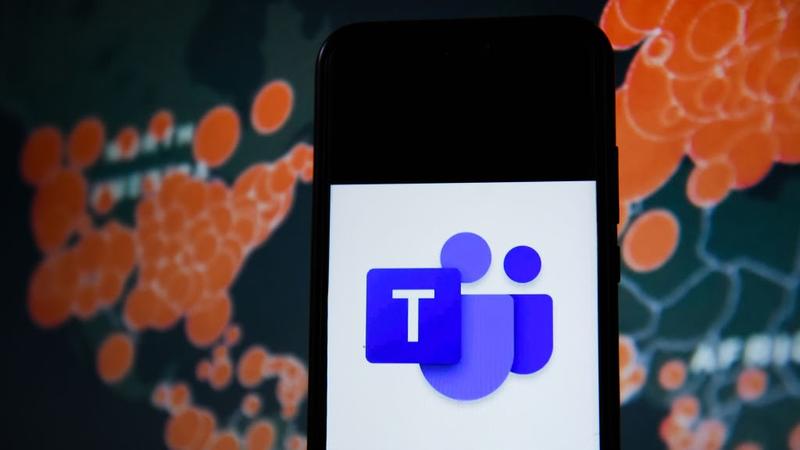What Are the Best Video Conferencing Applications?

Both routine business practices and personal communication have changed dramatically in the midst of the 2020 coronavirus pandemic. The use of video conferencing technology has risen exponentially as businesses around the world have been forced to find alternative ways to communicate and take care of business with employees working at home. Even outside the workforce, news of the various video conferencing apps quickly spread to individuals who wanted to see their family and friends and not just hear them.
The pandemic has definitely changed the way people communicate — possibly for the long-term — as video conferences continue to replace in-person communication and phone calls. In the business world, face-to-face connections between employees and managers helps everyone feel more comfortable about the work being done. Using a video conferencing solution enables teams to quickly discuss projects, assign tasks to each other and work with customers and clients as needed via video screen shares and actual conversation. Let’s take a look at some of the best options out there.
Video Conferencing Choices
Before the coronavirus epidemic hit, most video conferencing was done on corporate platforms like Citrix and Zoom. In the past few months, however, there has been an explosion in the number of video conferencing applications available, both for computers and mobile devices. Major internet companies like Google, Microsoft and Facebook have all launched new video conferencing applications in recent months to help employees and employers take care of business from home.

Social media apps like Houseparty, Snap and Instagram also have video conferencing tools, although their offerings are generally aimed at personal communication rather than business applications. For iOS users, FaceTime has been a go-to app for personal video communication for years.
Facebook Messenger Rooms
Facebook is rolling out Messenger Rooms in early 2020. Expected in the U.S. by the summer, Messenger Rooms are group video calls that anyone with an invitation can join. These video calls are designed primarily for the Facebook Messenger concept of people wanting to communicate for personal reasons rather than have a serious business call.

Users can invite people to join a room to video chat about their favorite topics, and anyone with an invitation can join, even if they don’t have a Facebook account. Facebook has indicated the rooms will soon be able to hold 50 people at one time. The company will probably eventually integrate Rooms with Instagram Direct and WhatsApp, apps also owned by Facebook.
Google Meet
In April 2020, Google announced the launch of its new video conferencing application called Google Meet. Anyone with a Gmail account can sign up to use Google Meet and schedule video conferences that will have screen sharing capabilities, layout options, caption features and more. The company said in late April 2020 that Meet has already attracted more than 100 million daily meeting users. The application is expected to be free for all Google account holders in 2020.

Zoom Technologies
Zoom has been in operation for nearly a decade. It began in 2011 and slowly grew to accommodate a user base of about 5 to 10 million people on a daily basis. When the coronavirus pandemic hit and employees needed to quarantine for safety, Zoom became the next best thing to being there for workers at home. Its average daily user numbers skyrocketed to about 200 million users a day in March 2020.

Zoom is a go-to video conferencing application built for Mac or PC desktops and laptops as well as mobile devices. It has both free and paid versions, and you can have up to 100 participants on the free version. The program is easy to set up by simply creating a Zoom online account and downloading the Zoom program to your desktop or phone. Install the application and then connect your camera and microphone. That’s all it takes to be ready to host a meeting or join one when someone else sends you an invitation.
Skype and Microsoft Teams
Microsoft bought the video conferencing app Skype in 2011. For a few years, it was everywhere, and people used it for all sorts of video calls and conferences. During the 2020 coronavirus pandemic, Skype’s user base increased to about 40 million daily users.

In the years since the acquisition, Microsoft has also developed a new video conferencing/text messaging product called Microsoft Teams that is gaining a lot of traction with Microsoft’s existing Office 365 customers. It’s not yet clear how the pandemic will permanently change business operations in America, but it’s very possible a much larger work-from-home workforce with ongoing video conferencing needs could be here to stay, and companies like Microsoft are gearing up to meet the challenge of ongoing growth in this area.





